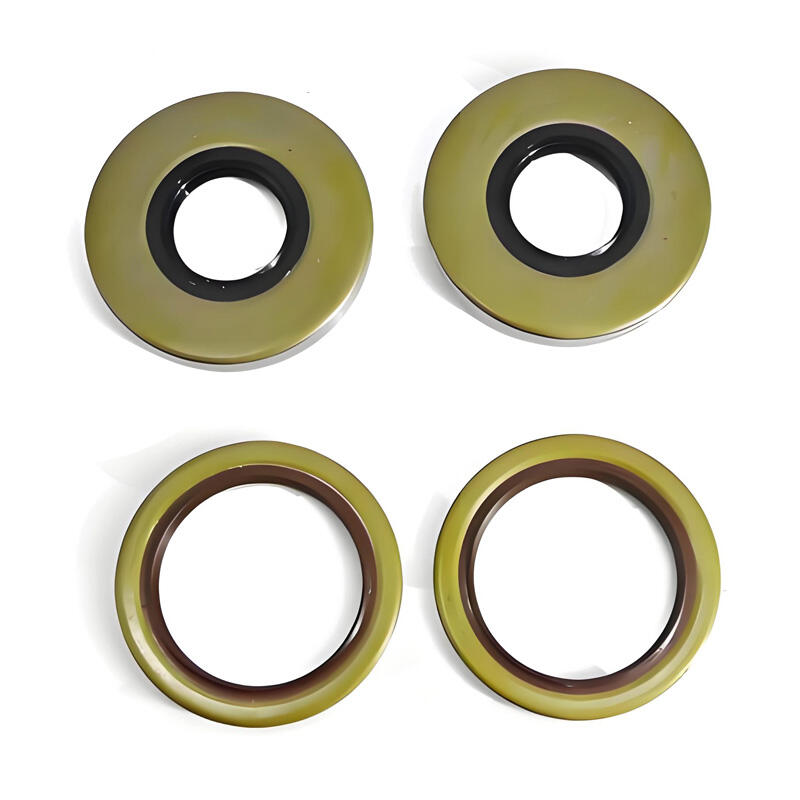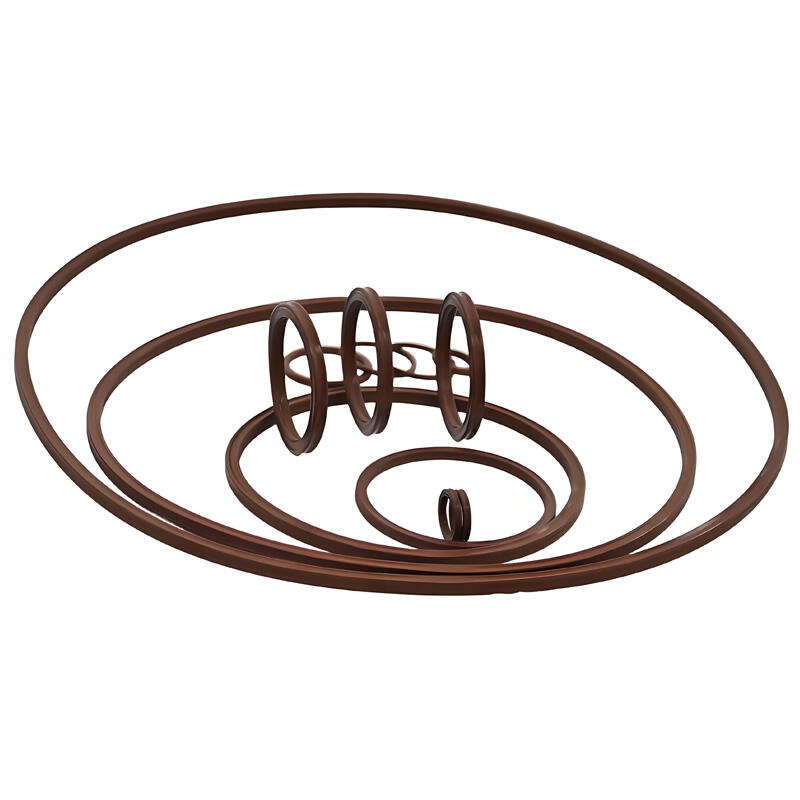hydraulic bonded seal
A hydraulic bonded seal represents a crucial advancement in fluid sealing technology, combining the durability of metal with the sealing properties of rubber. This innovative component consists of a metal ring with rubber bonded to its outer diameter, creating an effective seal for hydraulic and pneumatic applications. The metal ring provides structural support and prevents extrusion, while the rubber element ensures a tight seal against the mating surfaces. The seal's design allows for both static and dynamic applications, maintaining its integrity under high pressure conditions up to 10,000 PSI. The bonding process between the metal and rubber creates a permanent bond that withstands extreme temperatures ranging from -40°F to 250°F. These seals are particularly valuable in hydraulic systems where reliability and longevity are paramount. The unique construction allows for easier installation compared to traditional O-rings, reducing assembly time and minimizing the risk of damage during installation. Hydraulic bonded seals are engineered to accommodate surface imperfections and maintain sealing effectiveness even under varying pressure conditions. They find extensive use in heavy machinery, automotive systems, aerospace applications, and industrial equipment where high-pressure sealing is critical.


